For your information
You are being redirected to one of our divisional subsites which contains more detailed information on the required division. To navigate back to the main Invicta Group site, please click the link found in the footer at the bottom of the page.
- Durasteel
Discover the benefits of Durasteel
- Systems
Systems
- Expertise
Expertise
-
Applications
- Aircraft Hangar Fire Protection
- Battery Storage Facilities
- Building Fire Compartmentation
- Anti-Terrorist Blast Protection
- Cable Tunnel Fire Compartmentation
- Equipment Delivery Hatches
- Equipment Enclosures
- Heat Shields
- Power Station Fire Protection
- Metro and Rail Fire Protection
- High Voltage Cable Protection
- Substation Fire & Blast Protection
- Tunnel Fire Protection
- Oil & Gas Fire & Blast Protection
- Ventilation Systems
- Wind Farm Fire Protection
-
Applications
- Projects
- Insights
Insights
-
Articles
- The benefits of passive fire protection for businesses
- What BS 9991 changes mean for building fire safety
- Does the rise in electric vehicle fires pose a risk to buildings?
- What Boeing’s downfall says about safety culture
- Does AI pose a threat to fire safety?
- What we can learn from the Grenfell report
- Frequently Asked Questions
- A to Z of Terms
-
Articles
- Contact
Contact
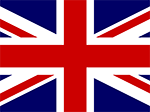
UK +44 1843 220 256

US +1 305 328 9444

UAE +971 4 277 6225

Qatar +974 4441 4340

India +91 79945 14049

Malaysia +60 16 286 6225
- Start your project
How disasters helped forge fire safety laws
5th November 2025
Quick Quote
Contact Fraser Shearer Sarun Vysakham Ben Tan Anand Raghavan Anand Raghavan Our USA Office
To get a quotation or arrange a free site survey - Call Fraser Shearer Sarun Vysakham Ben Tan Anand Raghavan Anand Raghavan Our USA Office on
-
 UK
UK
-
 UAE
UAE
-
 Malaysia
Malaysia
-
 India
India
-
 Qatar
Qatar
-
 USA
USA
Current location:
Quick Quote
Contact Fraser Shearer Sarun Vysakham Ben Tan Anand Raghavan Anand Raghavan Our USA Office
-
 UK
UK
-
 UAE
UAE
-
 Malaysia
Malaysia
-
 India
India
-
 Qatar
Qatar
-
 USA
USA
Current location:
From the burning of the Library of Alexandria, history has been marked by devastating fires that have claimed innumerable lives, and destroyed invaluable cultural heritage. These tragic events have been stark reminders of the destructive power of fire, but they have also been frequent inflection points in fire safety history.
While there have been many major fires with social consequences throughout history, only a handful have spurred significant advancements in fire safety regulations and technologies. We’re exploring those fires in more detail below, and the contributions they eventually made to fire safety, from panic bar fire exits to firefighting and building safety laws.
The Great Fire of London
Perhaps the first great historical fire that comes to mind for many is the Great Fire of London. The blaze in 1666—purportedly started in a bakery on Pudding Lane—consumed much of the city, destroying over 13,000 homes and 87 churches. We covered the ramifications this had for firefighting in detail in our recent article on the origins of firefighting, and how it accelerated the development of fire engines and fire brigades.
However, the catastrophic fire also prompted what are considered the first major fire safety regulations in the United Kingdom. The resulting legislation, known as the Building Act of 1667, introduced strict building codes that mandated the use of non-combustible materials for construction in the rebuilt city. This did not stop many homes and businesses being rebuilt to their original plans, however, despite the best efforts of city planners, who wanted to bring Parisian boulevards to London.
Another less heralded fire in the capital was the Burning of Parliament in 1834. Wooden tally sticks (used to record numbers by the Exchequer) started a chimney fire when they were carelessly thrown into two boilers, leading to the surrounding building catching fire. The fire burned through the night, and destroyed the majority of the medieval Houses of Parliament, leading to their being rebuilt in the style we see today. Funnily enough, this led to a very different impact on the law: the standards for imperial measurements were lost in the fire, so new standards were created which are still in use today.
The Triangle Shirtwaist Factory fire
While major fires have occurred throughout history, population densities were much lower than today, and buildings were often smaller. This began to change during the Industrial Revolution, a period of rapid urbanisation, industrialisation, and growth. This led to a proliferation of factories and large workplaces, manufacturing and producing goods on a hitherto-unseen scale. Unfortunately, neither building standards nor workplace safety had moved on enough to safely accommodate this.
Workplace fires during this period were common, often caused by unsafe practices and inadequate fire prevention measures. Perhaps the primary example is the tragic Triangle Shirtwaist Factory fire in New York City in 1911. The fire, which claimed the lives of 146 garment workers—mostly young women—exposed the appalling working conditions and lack of fire safety measures in many factories.
On the 25th March 1911, a fire broke out on the top floors of the Triangle Shirtwaist Factory, located in the Asch Building in New York City. The fire quickly spread through the building, trapping hundreds of workers inside. Many of the workers were young immigrant women, with the youngest being just 14 years old. Workers were routinely locked inside the building to prevent theft and unauthorised breaks, with the only accessible staircase being blocked by fire, leaving no escape from the 8th, 9th and 10th floors where they worked.
While there was a single fire escape, it quickly collapsed under the weight of the fleeing workers and heat of the fire, and the fire department’s ladders were too short to reach the upper floors of the building. Desperate workers first crammed themselves into the lifts to escape through the blazing building, and were then forced to jump from the windows to their deaths. The tragedy sparked a national outrage, and led to a public outcry for improved working conditions and fire safety regulations.
In the aftermath of the Triangle Shirtwaist Factory fire, a series of reforms were enacted to improve workplace safety. These reforms included stricter building codes and fire safety regulations, including requirements for sprinklers, alarms and fire extinguishers, as well as better fireproofing for buildings. It also galvanised the labour movement, and led to the formation of powerful unions that fought for workers’ rights, as well as a raft of new labour laws. These included limits on the number of hours women and children could work, as well as mandating access to food and toilet facilities.
The Iroquois Theatre fire (and the birth of fire safety standards)
The 20th century witnessed significant advancements in fire safety technology and regulations. The development of fire-resistant materials, such as steel and concrete, played a crucial role in improving building safety. The invention of automatic sprinkler systems and fire alarms also helped to revolutionise fire detection and suppression, though such advancements were often neglected in existing buildings, which were grandfathered into new fire safety laws.
One of the most notable innovations in fire safety was the development of the push bar or panic bar fire door. These doors, which automatically close in the event of a fire but open easily when needed, help to contain the spread of flames and smoke and prevent door crushes. The impetus for their invention can be traced back to the Iroquois Theatre fire in Chicago in 1903.
The fire was caused by a broken arc lamp, which ignited the stage curtains. The fireproofing measures in the building (advertised as ‘completely fireproof’) were highly inadequate, with the extinguishers not working, and the extraction system forming a chimney effect that actually accelerated the fire. It would ultimately claim the lives of over 600 people, exposing the immense danger that people still faced in places of public assembly.
One of the key factors that contributed to the high death toll was the difficulty of evacuating the building. The theatre’s doors, which were designed to swing inward, became jammed when panicked crowds pushed against them. In response to the Iroquois Theatre fire and other similar disasters, building codes were revised to require the installation of outward-swinging doors in public buildings. However, these doors still posed a risk, as they could be left open inadvertently, allowing fire and smoke to spread.
To address this issue, engineers developed the push bar fire door. The design incorporated a mechanism that automatically closes the door when activated by a fire alarm or sprinkler system. The push bar, located on the inside of the door, allows occupants to easily open the door when needed, but ensures that it does not stay open during a fire, impeding the spread of flames and smoke.
In response to this and other similar disasters, governments around the world began to enact stricter fire safety regulations for both industrial and public buildings. These regulations included requirements for fire-resistant construction materials, adequate fire exits, and sprinkler systems. Despite this, fires such as the Cocoanut Grove fire and Stardust fire continued to show the dangers of building fires in the 20th century, particularly due to poor building design and fire safety measures.
The legacy of fire safety laws
The fire safety laws and regulations that we have today are the result of centuries of trial and error, as well as the tragic lessons learned from countless fires. Many of the fundamental principles of fire safety that we rely on can be traced back to these early laws:
- Compartmentation: The principle of dividing buildings into fire-resistant compartments to limit the spread of fire.
- Means of escape: The need to provide adequate and clearly marked escape routes for occupants, as well as limiting confusing design elements within a building, such as dead ends or blocked exits.
- Fire detection and alarm systems: The requirement to install reliable systems to detect and alert occupants to a fire.
- Fire suppression systems: The need to implement effective systems to extinguish fires before they become uncontrolled, such as sprinkler systems and fire extinguishers.
- Fire-resistant materials: Mandating the use of materials in construction and consumer products that can withstand higher temperatures, and limit the spread of flames.
—
As technology continues to evolve, so too do fire safety standards. Modern fire safety regulations now address a wide range of hazards, including electrical fires, gas explosions, and chemical spills. By staying informed about the latest advancements in fire safety and complying with all applicable regulations, we can help to prevent future tragedies of the scale of those above, and protect countless numbers of lives.
At Invicta Durasteel, we are committed to providing both innovative and reliable fire and blast protection solutions. Our fire and blast barriers are designed to meet the highest standards of fire safety, and are backed by decades of experience and expertise. By partnering with Invicta, you can ensure that your buildings are protected from the devastating effects of fire. To discuss your project, get in touch with us today.
Accreditations & Affiliations

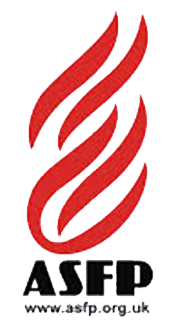





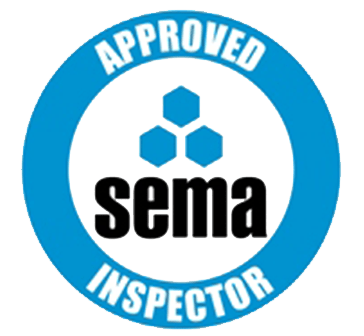



SpecUp - System Specification Wizard
Answer the 5 short questions below to receive your recommended Durasteel system specifications. Hover over the ? icons for a brief explanation.
Question 1/5
Type of system required?
Question 2/5
Fire rating required?
Question 3/5
Fire integrity-only or integrity and insulation?
Question 4/5
Fire attack risk from one side or both sides of the system?
Question 5/5
Blast rating required in addition to fire rating?
Creating your results page
Thanks for completing the SpecUp, you’ll be redirected to your results shortly.
Click here if you aren't redirected after a few secondsStart your project
Tell us about your project. Please complete this form. One of our sales team will come back to you with more details. If you prefer, you can drop us an email.
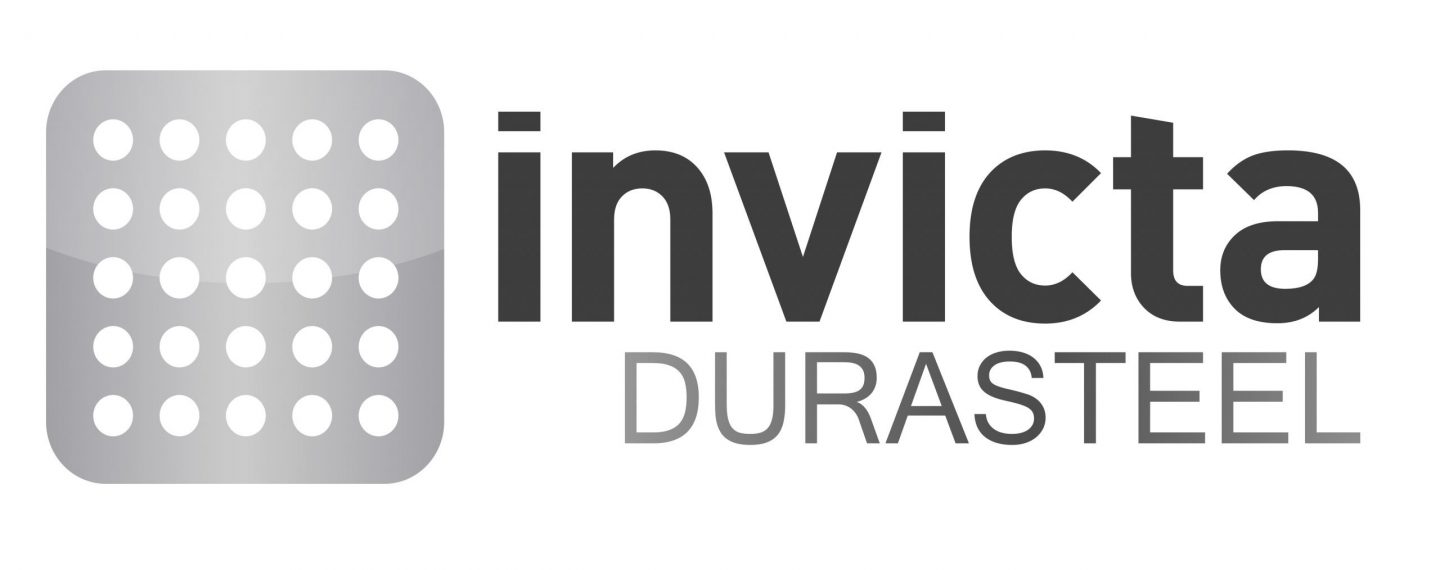


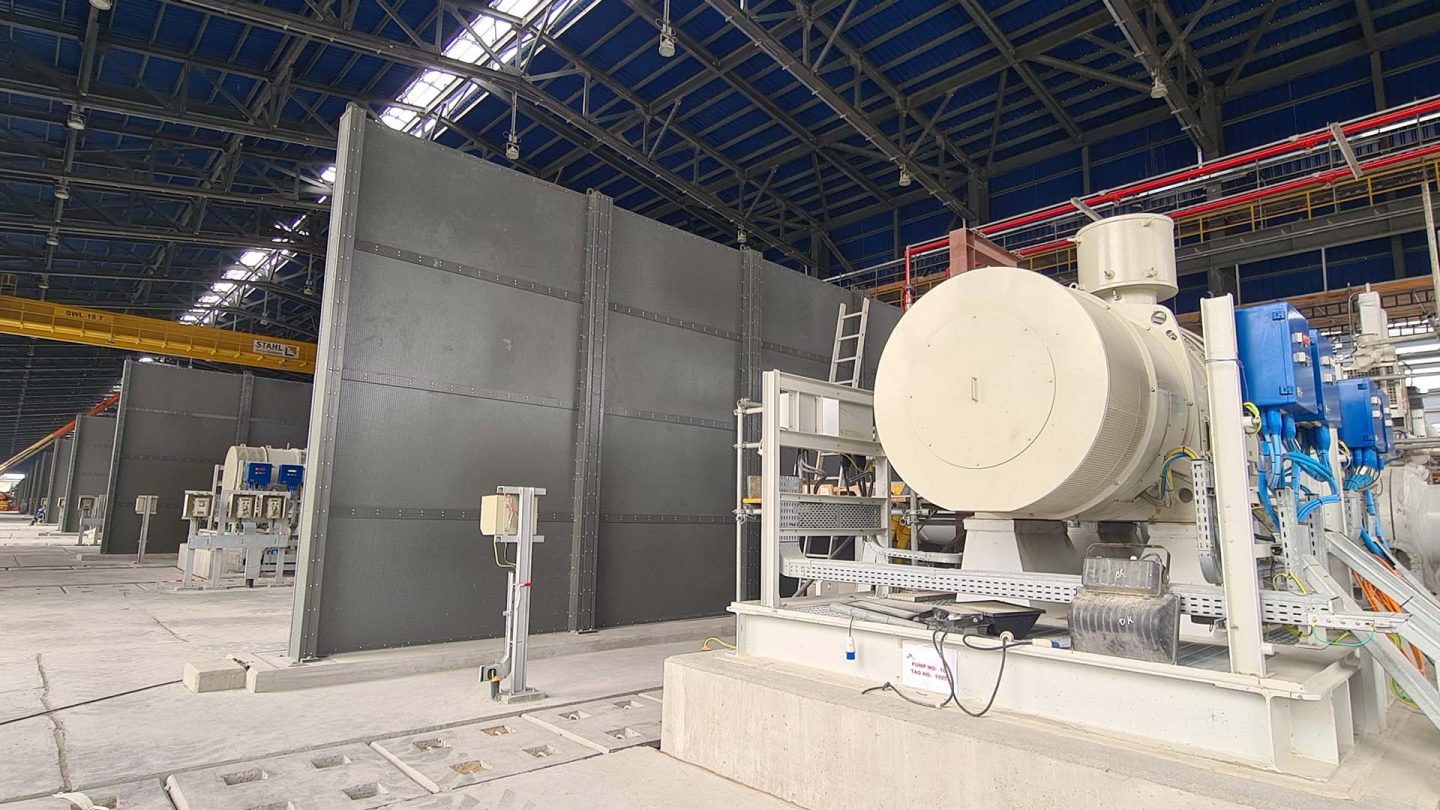
Share/Like this page